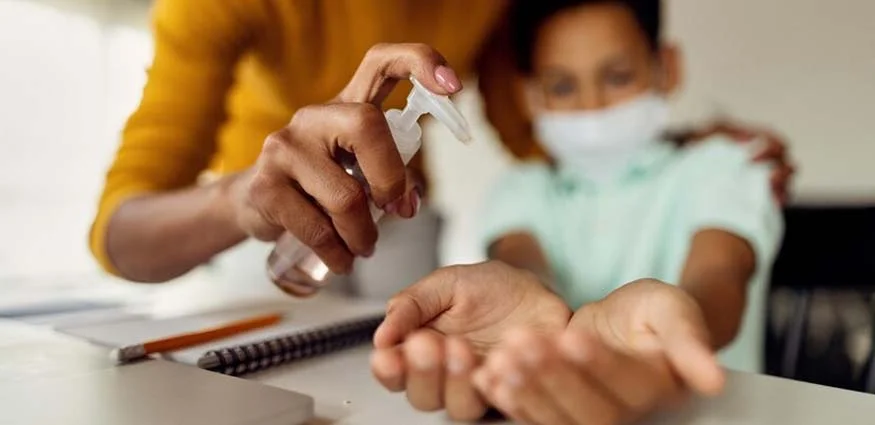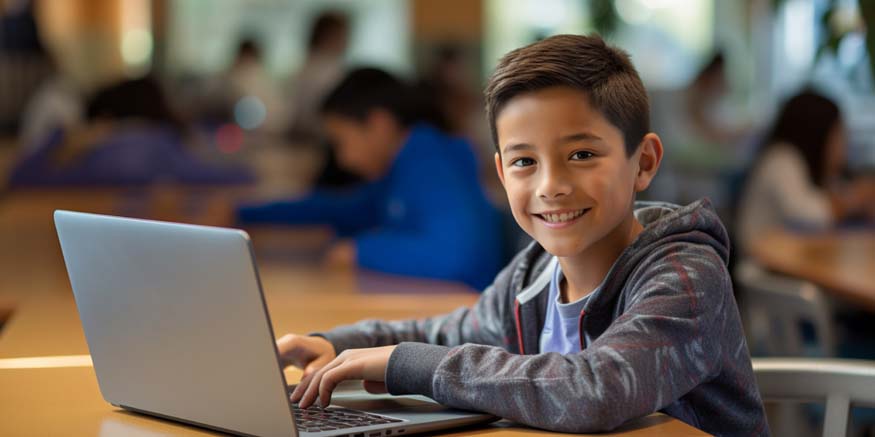In today’s hectic world, hand sanitisers are now seen as a necessary tool for keeping hands clean, particularly in homes with children. Applying antimicrobial solutions—which are available in a range of forms, including sprays, lotions, gels, and liquid hand sanitisers—is beneficial in halting the transmission of disease. While there is no doubting these products’ advantages, parents should be completely informed of all the risks, especially the potential for tiny children to accidentally become poisoned.
Exploring Varied Forms of Hand sanitisers: Spray, Gel, Liquid, and Lotion:
A diverse array of hand sanitiser formulations caters to specific cleanliness needs, providing options for various preferences and situations. The convenience of hand sanitiser spray, especially appreciated by busy parents, makes it an ideal choice for on-the-go scenarios where soap and water might be scarce. Hand sanitising gel, liquid hand sanitisers, and hand sanitiser lotions offer versatile consistencies, allowing users to select based on personal preference and specific application requirements. However, the widespread accessibility of hand sanitisers brings about a potential risk, especially for children. What should be a straightforward hygiene routine becomes a safety concern due to the attractive packaging, enticing scents, and vibrant designs that captivate the curiosity of young minds, potentially leading them to explore and accidentally ingest these products.
Also Read: Tips To Strengthen Your Body Immunity
Hand sanitisers: Navigating the Safety Challenge:
Hand sanitiser spray use is so commonplace that it presents a safety risk, making an otherwise simple hygiene habit potentially dangerous, particularly for children. The bright colours, enticing packaging, and pleasant aromas entice inquisitive children, increasing the likelihood of accidental intake and investigation. Although there is no denying the advantages of hand sanitisers in keeping hands clean, parents must find a careful balance. This entails encouraging good hygiene in addition to making sure these goods are used and stored safely at home. It’s important to remember that hand sanitisers are useful cleaning products and to emphasise their role in maintaining good hygiene practices rather than completely replacing them.
Also Read: Tips for treating kids with flu
Safety Measures: Protecting Children from Hand Sanitiser Risks:
Preventing accidental poisoning from hand sanitisers involves implementing various safety measures:
- Supervision:
- Education:
- Child-Resistant Packaging:
- Safe Storage:
Always supervise young children when they are using hand sanitisers. Ensuring that they use the product under adult guidance minimises the risk of ingestion.
Teach kids why hand sanitisers are only intended for exterior usage and what their purpose is. Stress the value of washing your hands properly and let them know that some goods are meant for adults only and shouldn’t be consumed.
Choose hand sanitisers with childproof packaging. Children find it difficult to open the containers because of this extra layer of security, which lowers the possibility of accidental ingestion.
Store hand sanitisers out of reach and sight of children. Consider using high shelves or cabinets to ensure that curious hands cannot access them without adult assistance. Creating a designated storage space for these products can further enhance safety.
Choosing the Right-Hand Sanitiser for Children:
When selecting hand sanitisers for households with children, consider the following factors:
- Alcohol Content:
- Fragrance-Free Options:
- Natural and Child-Friendly Formulations:
Select hand sanitisers with less alcohol; larger concentrations can be irritating to a child’s skin and more dangerous if swallowed.
Opt for fragrance-free or mildly scented hand sanitisers to reduce the appeal to children. Strong scents may attract their curiosity, making them more likely to explore the product.
Look for hand sanitisers designed especially for kids that are created with natural components. These products are made to be less irritating to young skin because of their gentler nature.
Also Read: Strep A Infection
Schooling: The First Line of Protection:
It is very important to instruct children about how to use hand sanitiser spray correctly and also to warn them of any potential risks. Few particular items belong in the hands of adults; children should be prohibited. Discuss hand hygiene with them. Encourage open communication with children to make sure they feel comfortable asking any questions or expressing any concerns.
Prompt Action in Case of Ingestion:
Despite taking precautions, accidents can still happen. If a child ingested hand sanitiser, it is essential to take prompt action:
- Contact Poison Control:
- Seek Medical Attention:
For advice, get in touch with your neighbourhood poison control centre right away. Have the product container on hand to provide relevant information?
If the child shows signs of distress, difficulty breathing, or unusual symptoms, seek medical attention promptly.
Promoting Alternative Hygiene Practices:
It is of utmost importance to promote the efficacy of hand sanitisers and it is encouraging to promote alternative hygiene behaviours as well, such as routine hand washing with soap and water. Make sure kids understand the value of often washing their hands, particularly before meals and right away after using the restroom. Promoting a thorough approach to hygiene might be aided by emphasising that hand sanitisers should be used in addition to good handwashing techniques rather than as a substitute.
Using hand sanitiser spray, hand sanitiser lotion and hand sanitising gel have implications even though they are necessary for maintaining hygiene, particularly in homes with small children. When used properly and intelligently, hand sanitisers can still be useful instruments in our daily lives. By overcoming the difficulties in striking a balance between safety and hygienic practices, we help shape future hand hygiene standards that are secure and efficient for all family members. By exercising prudence when using hand sanitisers, one can contribute to the larger discussion about health and well-being.
At EuroSchool, a child’s daily hygiene practice is part of our top priority when it comes to their safety and welfare. We are committed to providing a secure learning environment, and we recognise the significance of hand sanitisers in maintaining personal cleanliness. Through awareness and responsible usage, we aim to create a healthy and secure space for our EuroSchool community.









